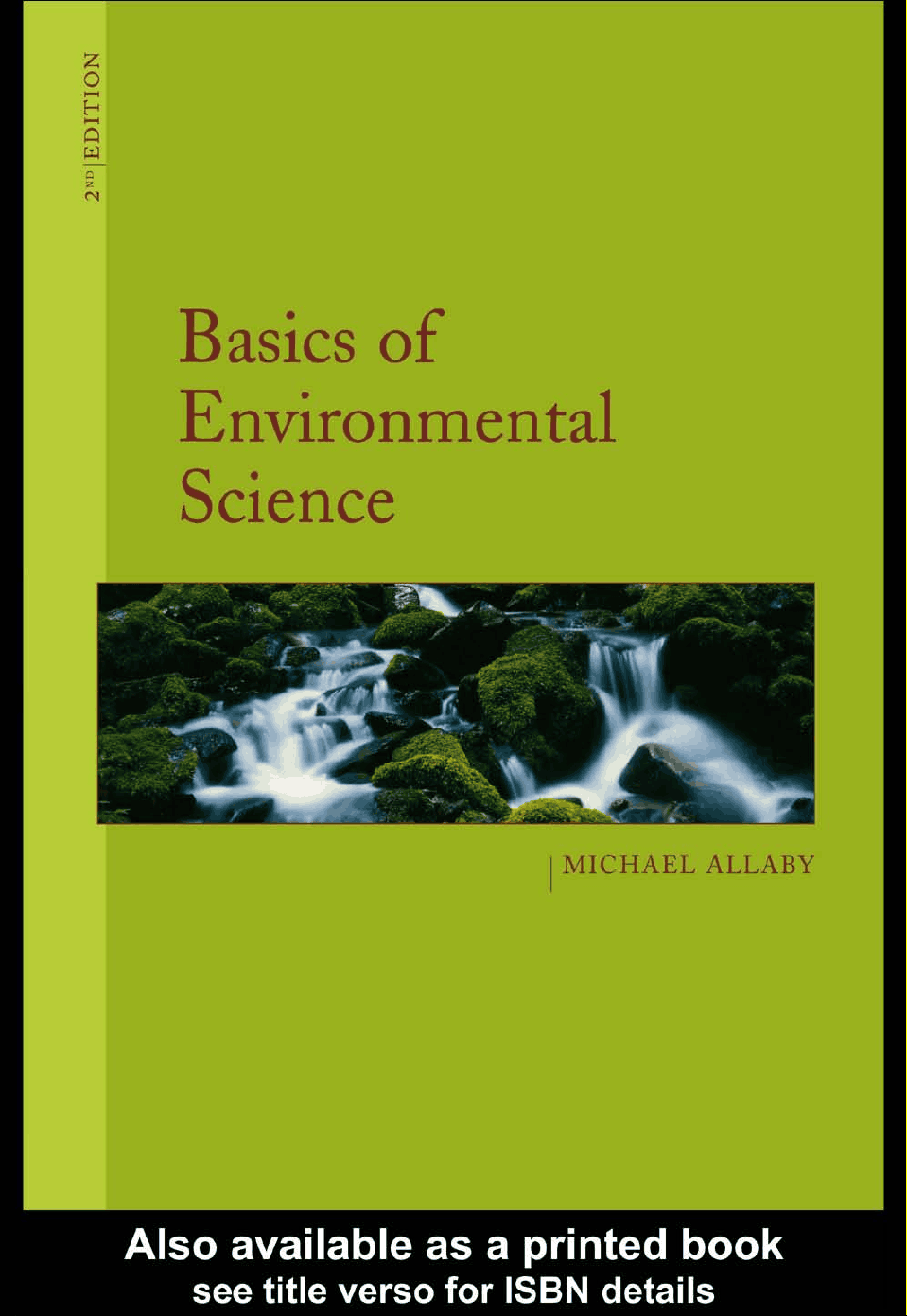






























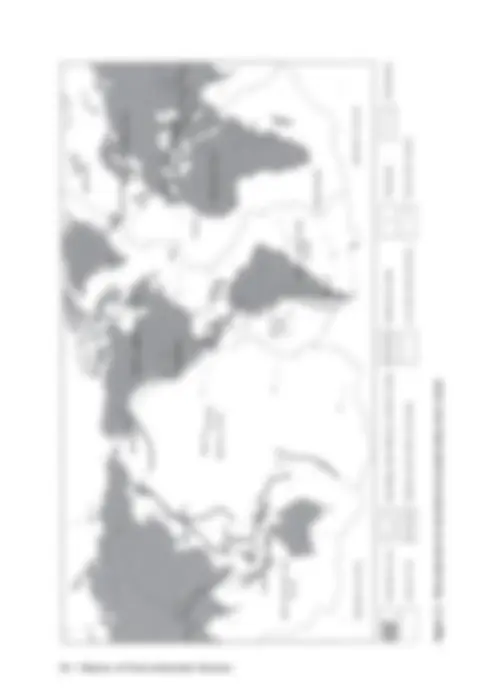
















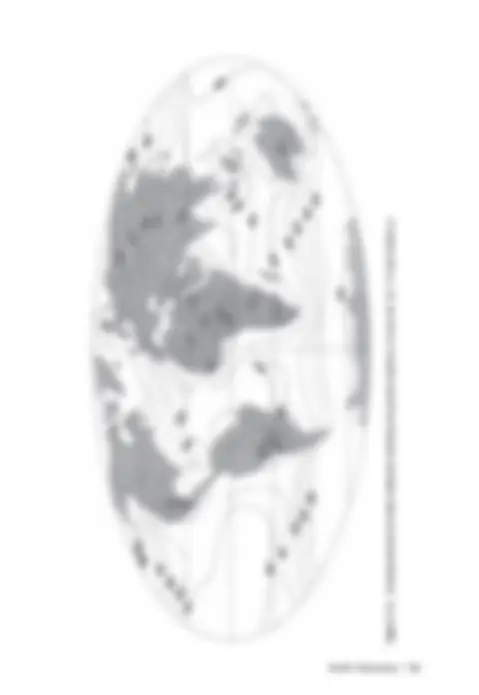
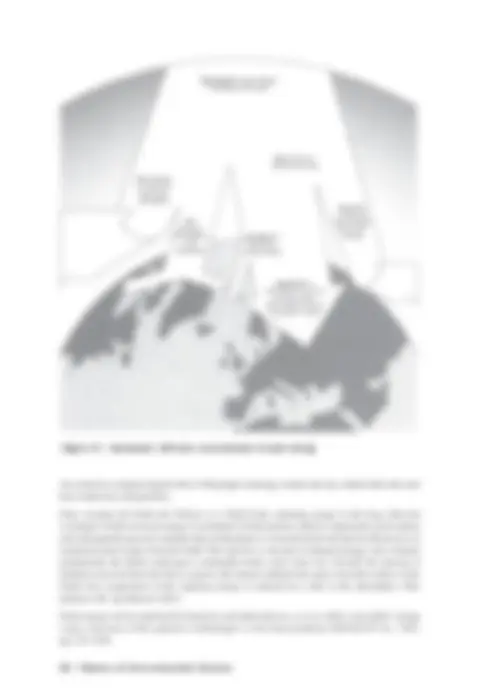






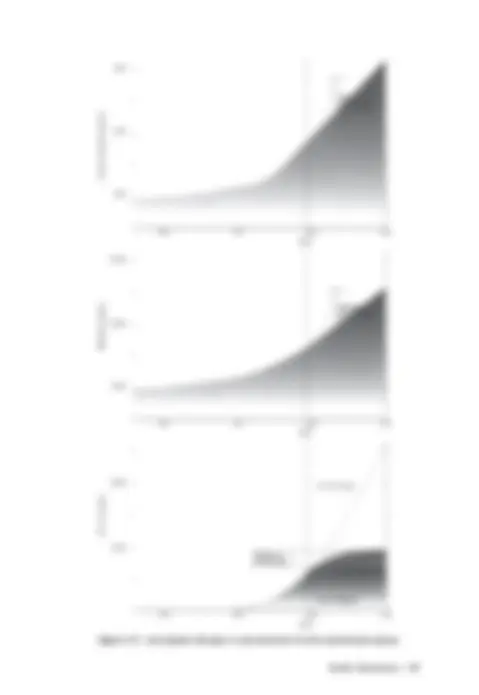




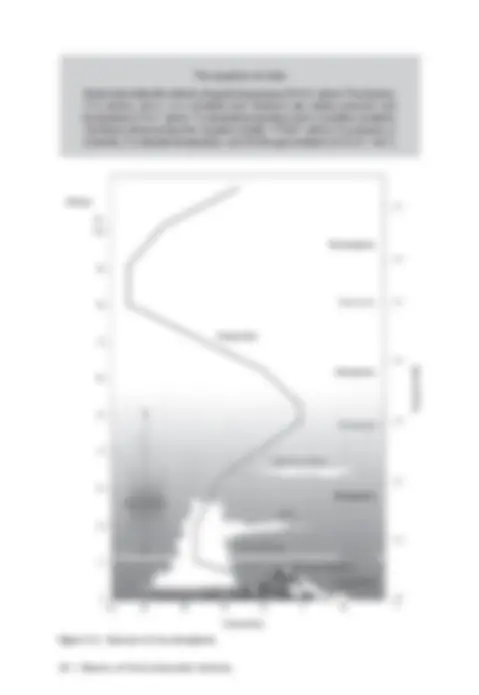





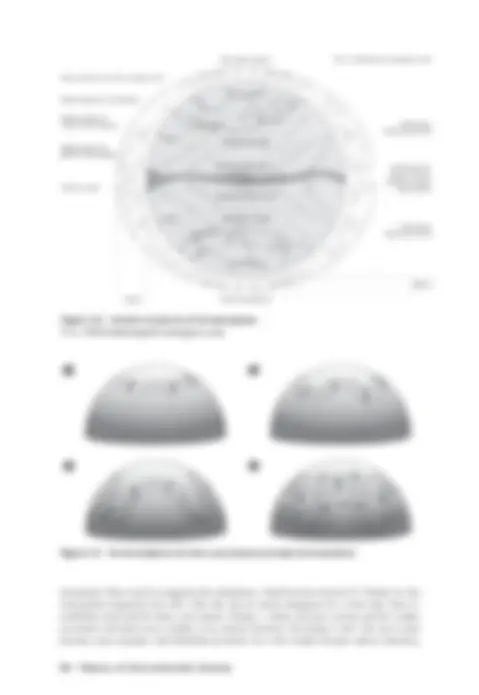



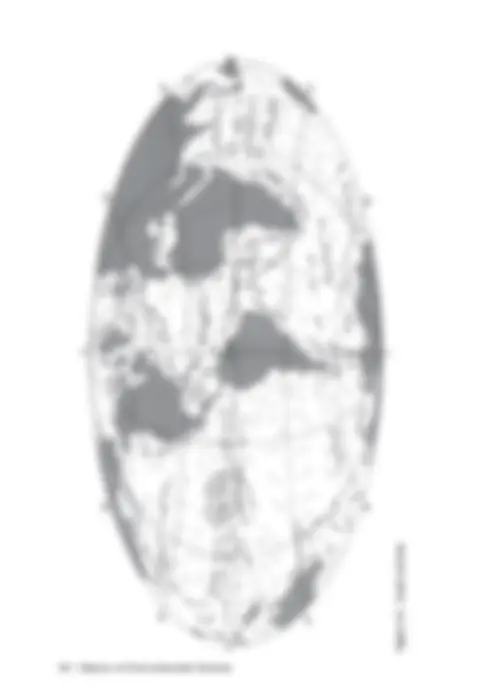







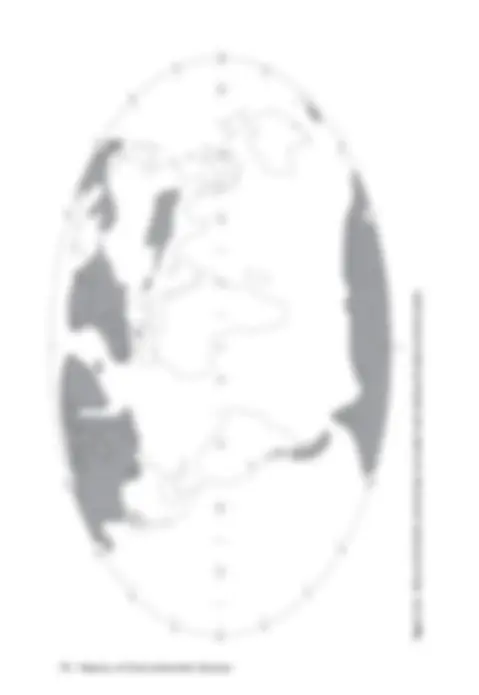















Estude fácil! Tem muito documento disponível na Docsity

Ganhe pontos ajudando outros esrudantes ou compre um plano Premium


Prepare-se para as provas
Estude fácil! Tem muito documento disponível na Docsity
Prepare-se para as provas com trabalhos de outros alunos como você, aqui na Docsity
Os melhores documentos à venda: Trabalhos de alunos formados
Prepare-se com as videoaulas e exercícios resolvidos criados a partir da grade da sua Universidade
Responda perguntas de provas passadas e avalie sua preparação.

Ganhe pontos para baixar
Ganhe pontos ajudando outros esrudantes ou compre um plano Premium
Comunidade
Peça ajuda à comunidade e tire suas dúvidas relacionadas ao estudo
Descubra as melhores universidades em seu país de acordo com os usuários da Docsity
Guias grátis
Baixe gratuitamente nossos guias de estudo, métodos para diminuir a ansiedade, dicas de TCC preparadas pelos professores da Docsity
Ciencia Basica Meio Ambiente
Tipologia: Notas de estudo
1 / 153

Esta página não é visível na pré-visualização
Não perca as partes importantes!





























































































Basics of Environmental Science is an engaging introduction to environmental study. The book offers everyone studying and interested in the environment, an essential understanding of natural environments and the way they function. It covers the entire breadth of the environmental sciences, providing concise, non-technical explanations of physical processes and systems and the effects of human activities.
In this second edition, the scientific background to major environmental issues is clearly explained. These include global warming, genetically modified foods, desertification, acid rain, deforestation, human population growth, depleting resources and nuclear power generation. There are also descriptions of the 10 major biomes.
Michael Allaby is the author or co-author of more than 60 books, most on various aspects of environmental science. In addition he has also edited or co-edited seven scientific dictionaries and edited an anthology of writing about the environment.
First published 1996 by Routledge 11 New Fetter Lane, London EC4P 4EE
Simultaneously published in the USA and Canada by Routledge 29 West 35th Street, New York, NY 10001
Second edition 2000 Routledge is an imprint of the Taylor & Francis Group
This edition published in the Taylor & Francis e-Library, 2002.
© 1996, 2000 Michael Allaby
The right of Michael Allaby to be identified as the Author of this Work has been asserted by him in accordance with the Copyright, Designs and Patents Act 1988
All rights reserved. No part of this book may be reprinted or reproduced or utilized in any form or by any electronic, mechanical, or other means, now known or hereafter invented, including photocopying and recording, or in any information storage or retrieval system, without permission in writing from the publishers.
British Library Cataloguing in Publication Data A catalogue record for this book is available from the British Library
Library of Congress Cataloguing in Publication Data A catalog record for this book is available from the Library of Congress
ISBN 0-415-21175-1 (hbk) 0-415-21176-X (pbk) ISBN 0-203-13752-3 Master e-book ISBN ISBN 0-203-17969-2 (Glassbook Format)
2.14 IPCC estimates of climate change if atmospheric CO
Three years have passed since the first edition of Basics of Environmental Science appeared. During this time new concerns have arisen, the controversy in Britain over the safety and desirability of genetically modified foods being the most spectacular example. At the same time, our understanding of other issues has improved as more information about them has been gathered.
Revising the book for its new edition has given me the opportunity to add more information where it is now available and to outline some of the new controversies, including that over genetically modified food. At the same time I have been able to study the whole of the text and to bring it up to date where necessary.
At intervals throughout the book I have added links to sites on the World Wide Web. This has now become an invaluable educational resource and I am delighted to have been able to weave this book into its fabric.
Revised, updated, and modernized, I hope that the new edition will be of value and interest to everyone seeking to broaden their understanding of the science behind environmental issues.
Michael Allaby Wadebridge, Cornwall November 1999
Preface to the Second Edition / xiii
Basics of Environmental Science will introduce you to most of the topics included under the general heading of ‘environmental science’. In this text, these topics are arranged in six chapters: Introduction; Earth Sciences; Physical Resources; Biosphere; Biological Resources; and Environmental Management. Within these chapters, each individual topic is described in a short section. There are 62 of these sections in all, numbered in sequence. All are listed on the contents pages.
You can dip into the book anywhere to read a chapter that interests you. Each is self-contained. It is not quite possible to avoid some overlap, however. This means you may find in one section a technical term that is not fully explained. In the section ‘ Energy from the Sun ’ (section 11), for example, you will come across a mention of the ‘greenhouse effect’, but without a detailed explanation of what that is. When you encounter a difficulty of this kind, refer to the contents pages. In this example you will find a section, number 13, devoted to the ‘greenhouse effect’, in which the phenomenon is explained fully. If there is no section specifically devoted to the term you find troublesome, look in the index. Almost certainly the term will be explained somewhere, and the index will tell you where to look. Some of the terms that you may find less familiar are defined in the glossary.
At the end of each chapter you will find a list of sections that contain explanations of terms you have just encountered.
This procedure may seem cumbersome, but it would be impractical to provide a full explanation of terms each time they occur.
How to use this book / xv
2 / Basics of Environmental Science
oceanography, climatology, meteorology, and other disciplines are now grouped as the earth sciences, because all of them deal with the physical and chemical nature of the planet Earth.
The third, and possibly broadest, of these groupings comprises the environmental sciences, sometimes known simply as ‘environmental science’. It embraces all those disciplines which are concerned with the physical, chemical, and biological surroundings in which organisms live. Obviously, environmental science draws heavily on aspects of the life and earth sciences, but there is some unavoidable overlap in all these groupings. Should palaeontology, for example, the study of past life, be regarded as a life science or, because its material is fossilized and derived from rocks, an earth science? It is both, but not necessarily at the same time. The palaeontologist may date a fossil and determine the conditions under which it was fossilized as an earth scientist, and as a life scientist reconstruct the organism as it appeared when it was alive and classify it. It is the direction of interest that defines the grouping.
Any study of the Earth and the life it supports must deal with process and change. The earth and life sciences also deal with process and change, but environmental science is especially concerned with changes wrought by human activities, and their immediate and long-term implications for the welfare of living organisms, including humans.
At this point, environmental science acquires political overtones and leads to controversy. If it suggests that a particular activity is harmful, then modification of that activity may require national legislation or an international treaty and, almost certainly, there will be an economic price that not everyone will have to pay or pay equally. We may all be environmental winners in the long term, but in the short term there will be financial losers and, not surprisingly, they will complain.
Over the last thirty years or so we have grown anxious about the condition of the natural environment and increasingly determined to minimize avoidable damage to it. In most countries, including the United States and European Union, there is now a legal requirement for those who propose any major development project to calculate its environmental consequences, and the resulting environmental impact assessment is taken into account when deciding whether to permit work to proceed. Certain activities are forbidden on environmental grounds, by granting protection to particular areas, although such protection is rarely absolute. It follows that people engaged in the construction, extractive, manufacturing, power-generating or power-distributing, agricultural, forestry, or distributive industries are increasingly expected to predict and take responsibility for the environmental effects of their activities. They should have at least a general understanding of environmental science and its application. For this reason, many courses in planning and industrial management now include an environmental science component.
This book provides an overview of the environmental sciences. As with all the broad scientific groupings, opinions differ as to which disciplines the term covers, but here the net is cast widely. All the topics it includes are generally accepted as environmental sciences. That said, the approach adopted in Basics of Environmental Science is not the only one feasible. In this rapidly developing field there is a variety of ideas about what should be included and emphasized and what constitutes an environmental scientist.
This opening chapter provides a general introduction to environmental science, its history, and its relationship to environmental campaigning. It is here that an important point is made about the overall subject and the content of the book: environmental science and ‘environmentalism’ are not at all the same thing. Environmental science deals with the way the natural world functions; environmentalism with such modifications of human behaviour as reformers think appropriate in the light of scientific findings. Environmentalists, therefore, are concerned with more than just science. As its title implies, Basics of Environmental Science is concerned mainly with the science.
Introduction / 3
The introduction is followed by four chapters, each of which deals with an aspect of the fundamental earth and life sciences on which environmental science is based, in each case emphasizing the importance of process and change and, where appropriate, relating the scientific description of what happens to its environmental implications and the possible consequences of perturbations to the system. The fifth and final chapter deals with environmental management, covering such matters as wildlife conservation, pest control, and the control of pollution.
You do not have to be a scientist to understand Basics of Environmental Science. Its language is simple, non-technical, and non-mathematical, but there are suggestions for further reading to guide those who wish to learn more. Nor do you have to read the book in order, from cover to cover. Dip into it in search of the information that interests you and you will find that each short block is quite self-contained.
It is the grouping of a range of disciplines into a general topic, such as environmental science, which makes it possible to provide a broad, non-technical introduction. The grouping is natural, in that the subjects it encompasses can be related to one another and clearly belong together, but it does not resolve the difficulty of scientific specialization. Indeed, it cannot, for the great volume of specialized information that made the grouping desirable still exists. Except in a rather vague sense, you cannot become an ‘environmental scientist’, any more than you could become a ‘life scientist’ or an ‘earth scientist’. Such imprecise labels have very little meaning. Were you to pursue a career in the environmental sciences you might become an ecologist, perhaps, or a geomorphologist, or a palaeoclimatologist. As a specialist you would contribute to our understanding of the environment, but by adding detailed information derived from your highly specialized research.
Environmental science exists most obviously as a body of knowledge in its own right when a team of specialists assembles to address a particular issue. The comprehensive study of an important estuary, for example, involves mapping the solid geology of the underlying rock, identifying the overlying sediment, measuring the flow and movement of water and the sediment it carries, tracing coastal currents and tidal flows, analysing the chemical composition of the water and monitoring changes in its distribution and temperature at different times and in different parts of the estuary, sampling and recording the species living in and adjacent to the estuary and measuring their productivity. 1 The task engages scientists from a wide range of disciplines, but their collaboration and final product identifies them all as ‘environmental scientists’, since their study supplies the factual basis against which future decisions can be made regarding the environmental desirability of industrial or other activities in or beside the estuary. Each is a specialist; together they are environmental scientists, and the bigger the scale of the issue they address the more disciplines that are likely to be involved. Studies of global climate change currently engage the attention of climatologists, palaeoclimatologists, glaciologists, atmospheric chemists, oceanographers, botanists, marine biologists, computer scientists, and many others, working in institutions all over the world.
You cannot hope to master the concepts and techniques of all these disciplines. No one could, and to that extent the old definition of an ‘educated person’ has had to be revised. Allowing that in the modern world no one ignorant of scientific concepts can lay serious claim to be well educated, today we might take it to mean someone possessing a general understanding of the scientific concepts from which the opinions they express are logically derived. In environmental matters these are the concepts underlying the environmental sciences. Basics of Environmental Science will introduce you to those concepts. If, then, you decide to become an environmental scientist the book may help you choose what kind of environmental scientist to be.